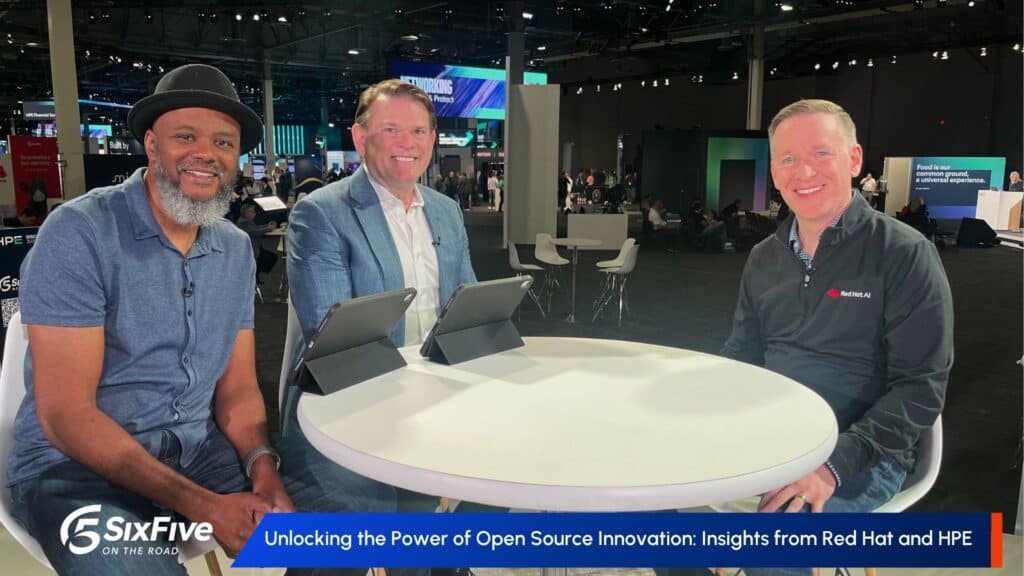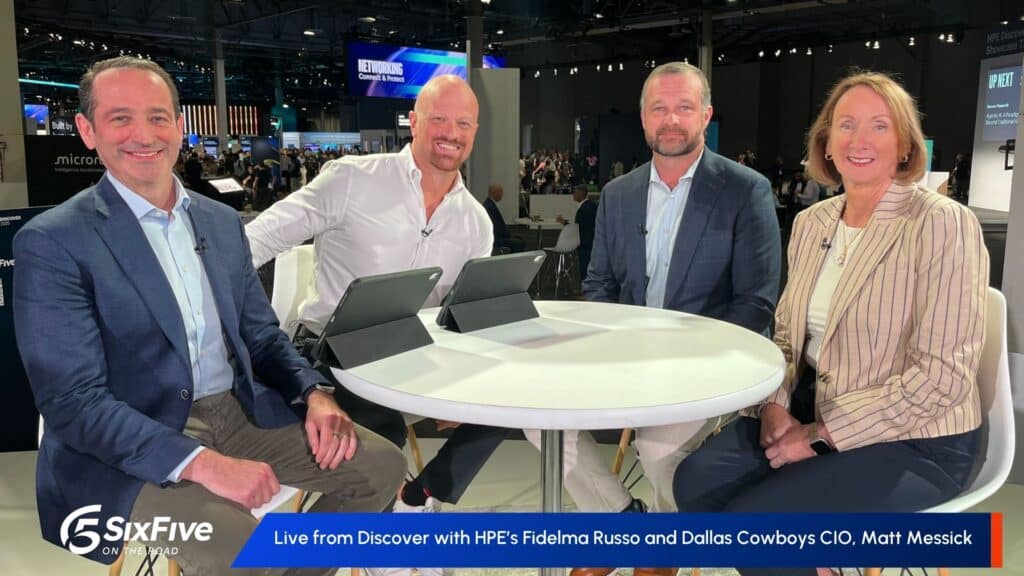Customers can experience friction, pain, or other impediments while interacting with a product, brand, or service. But solving these problems often requires a deeper look into the type of friction encountered, where it is occurring, and an analysis of the tools, training, and teams that must be included in addressing the problem.
Generally, friction or pain can be found in customer interactions with sales, support, or automated systems; processes, such as the steps required to complete an interaction or solve a problem; or a larger, relationship-level issue, such as price or service concerns. Consider the situational examples below.
Interaction friction: Customers can encounter friction during interactions in myriad ways. A customer may be transferred several times after calling a support number, which wastes the customer’s time, and increases frustration. Or a customer may encounter similar frustration trying to navigate an automated chatbot that does not understand her request, or constantly spits out incorrect responses. In-person interactions can also introduce friction for the same reasons, or because the worker assisting the customer does not have all the relevant customer journey information readily available.
The solution to this type of friction generally involves two distinct, yet intertwined, actions:
Tools: To manage interaction friction, organizations should invest in a modern contact center platform, such as those from Mitel, Cisco, Genesys, Nice, and others, which are designed to provide omnichannel communication support, AI-driven customer journey information to contact center and in-store staff, and intelligent interaction-escalation to ensure customers experiencing friction are quickly handed over to a higher-level of support.
Automated tools, such as AI chatbots from Zendesk, Microsoft, LivePerson, and others, should be reviewed to ensure that they are meeting the needs of customers, and are reducing customer effort and improving customer satisfaction.
Training: Most importantly, human workers should be trained to focus on displaying empathy for the customer’s situation, which can defuse tension and mitigate frustration when the customer and agent work together to find solutions to problems.
Process friction: Process friction can occur when the steps to achieve a goal are confusing, complex, or unintuitive, or systems used in the process are broken or clunky. Key examples can include when a customer is asked to provide information they do not have on hand to complete a transaction or interaction (such as asking a patient to provide their full medical history, insurance information, and list of medications when registering at a physician’s office), or when a customer seeks to make a change to his or her account online, and a software coding error does not allow them to complete the task successfully.
In the first case, many organizations have realized the challenge of gathering information while in a waiting room, and have allowed customers to complete medical registrations online prior to their visit, such as at Zwanger-Pesiri Radiology, or providing pre-filled templates that can be reviewed in the office on a tablet device, such as those offered by Vecna.
In the second case, it is imperative to have a periodic review of all electronic processes to ensure there are no coding errors which impede the customers’ ability to complete a process. Software such as Crucible, PVS-Studio, SonarQube, and Veracode can be utilized to help identify issues prior to going live.
Relationship-level friction: This type of friction is often caused by the ever-present tension of balancing profitability against perceived customer value. Notable examples include price increases, the addition of specific fees, cuts to service or feature reductions, or changes in the service’s terms and conditions.
For example, customers may grumble about a price increase, but ultimately accept it if the introduction of new features provides meaningful value, such as additional fees that are not positioned properly, such as checked airline bag fees that were largely seen as profit centers for airlines. Further, customers were incensed because they realized that more customers carrying on luggage onto a flight slowed down the boarding and deplaning processes, increasing customer friction.
To address these friction points, organizations should capture feedback to better understand which moves are causing the most friction, and how the friction will impact future customer actions. Providing customer communications that detail why certain changes need to be made can also be useful in generating better goodwill, particularly if the changes result in other positive benefits for customers.
Author Information
Keith Kirkpatrick is Research Director, Enterprise Software & Digital Workflows for The Futurum Group. Keith has over 25 years of experience in research, marketing, and consulting-based fields.
He has authored in-depth reports and market forecast studies covering artificial intelligence, biometrics, data analytics, robotics, high performance computing, and quantum computing, with a specific focus on the use of these technologies within large enterprise organizations and SMBs. He has also established strong working relationships with the international technology vendor community and is a frequent speaker at industry conferences and events.
In his career as a financial and technology journalist he has written for national and trade publications, including BusinessWeek, CNBC.com, Investment Dealers’ Digest, The Red Herring, The Communications of the ACM, and Mobile Computing & Communications, among others.
He is a member of the Association of Independent Information Professionals (AIIP).
Keith holds dual Bachelor of Arts degrees in Magazine Journalism and Sociology from Syracuse University.







